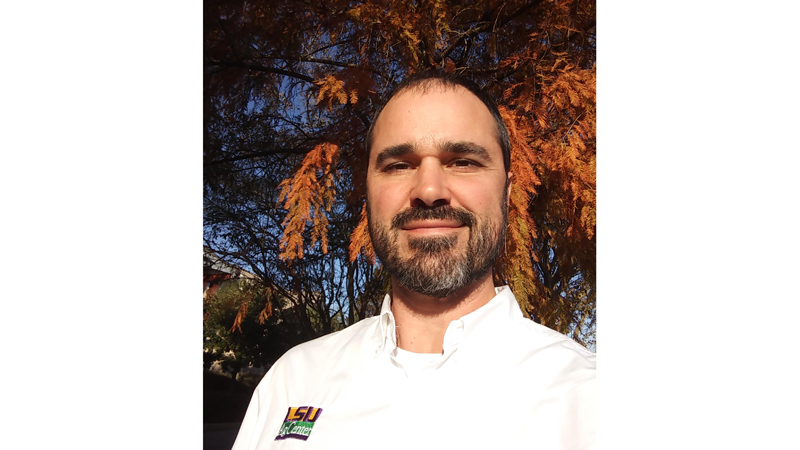Harvesting vegetables – the fruits of your labor
Published 12:04 am Saturday, May 21, 2022

- Andre Brock
|
Getting your Trinity Audio player ready...
|
I’ve enjoyed gardening as long as I can remember. There’s something fulfilling about planting, watching things grow, being patient, and enjoying the fruits of all the labor. While flowers are fine, that “fruit” part is especially rewarding for me.
Vegetable gardens are booming and I hope to see several in our garden contests. (Contact me for details.) In fact, we’re fast approaching the peak of our summer harvest season for many veggies. As temperatures climb, diseases, insects, etc. move at a faster pace. So it’s critical to harvest produce at its peak.
For starters, it’s always best to harvest early in the morning when the entire plant is well-hydrated and less stressed. Bring the produce in and cool it as quickly as possible (room temperature). For tomatoes (and watermelons), don’t refrigerate them unless you have to. The cold will be very detrimental to the flavor. Of course, an overabundance may be refrigerated if you need to extend shelf life.
Many of our summer vegetables – tomatoes, cucumbers, squash, eggplants, etc. – are botanically fruits. Except for tomatoes, we want to harvest these before mature seeds form. (Tomatoes with even a little red will continue to ripen on the counter.) So we’re trying to balance size with maturity. For peppers, if it’s starting to change color (green to red, yellow or orange) it’s as big as it’ll get.
Eggplants are a little tricky. The skin should be glossy and more springy than spongy. They’ll go to seed fast in hot weather so, as with all fruit, err on the side of immaturity.
If you want to know more about gardening, landscaping, or anything else horticultural, contact the St. John & St. James parishes Horticulture Extension Agent André Brock at abrock@agcenter.lsu.edu. Also, the LSU Ag Center’s website can be accessed at www.lsuagcenter.com with lots of user-friendly information, including this article.




